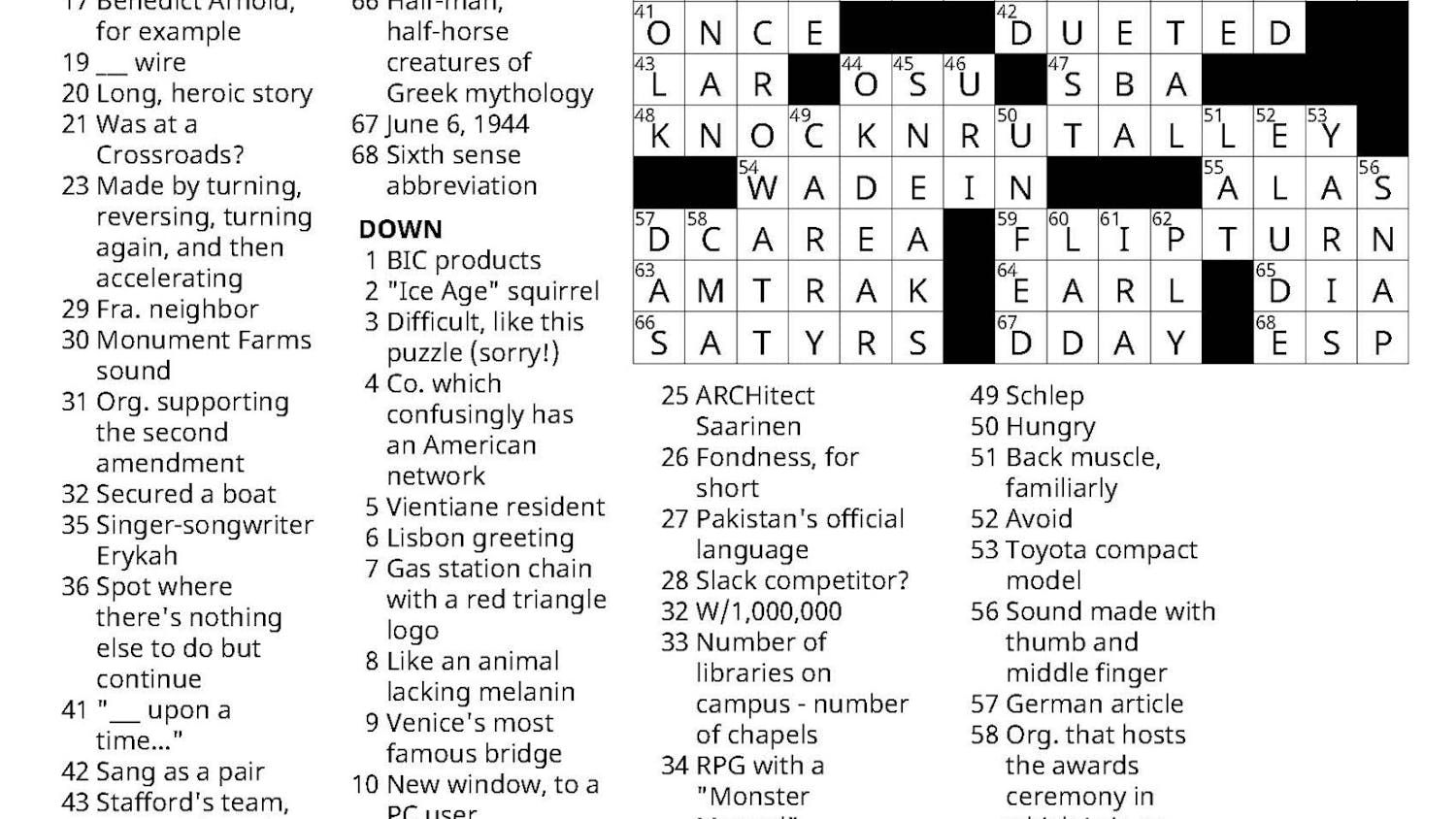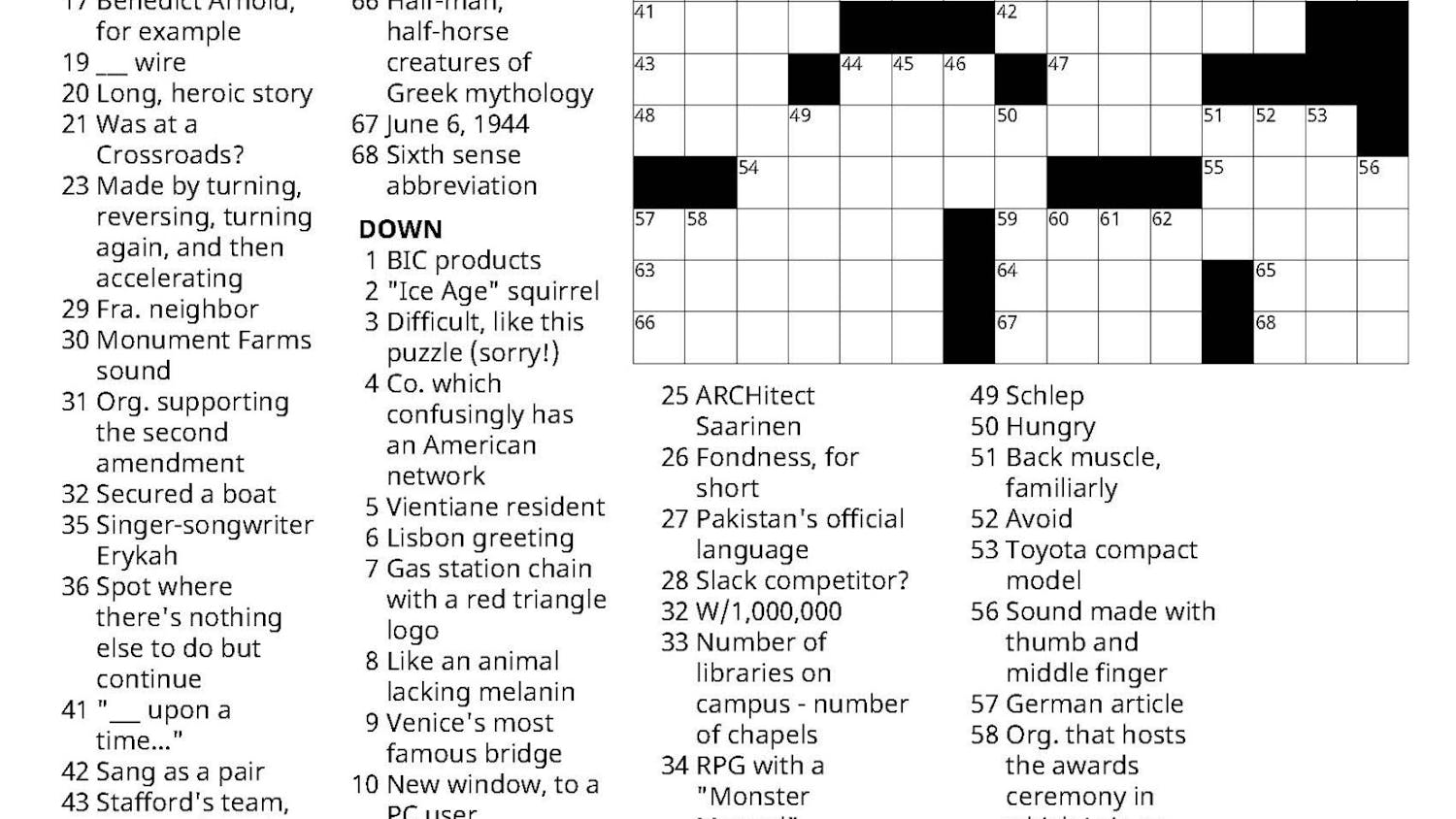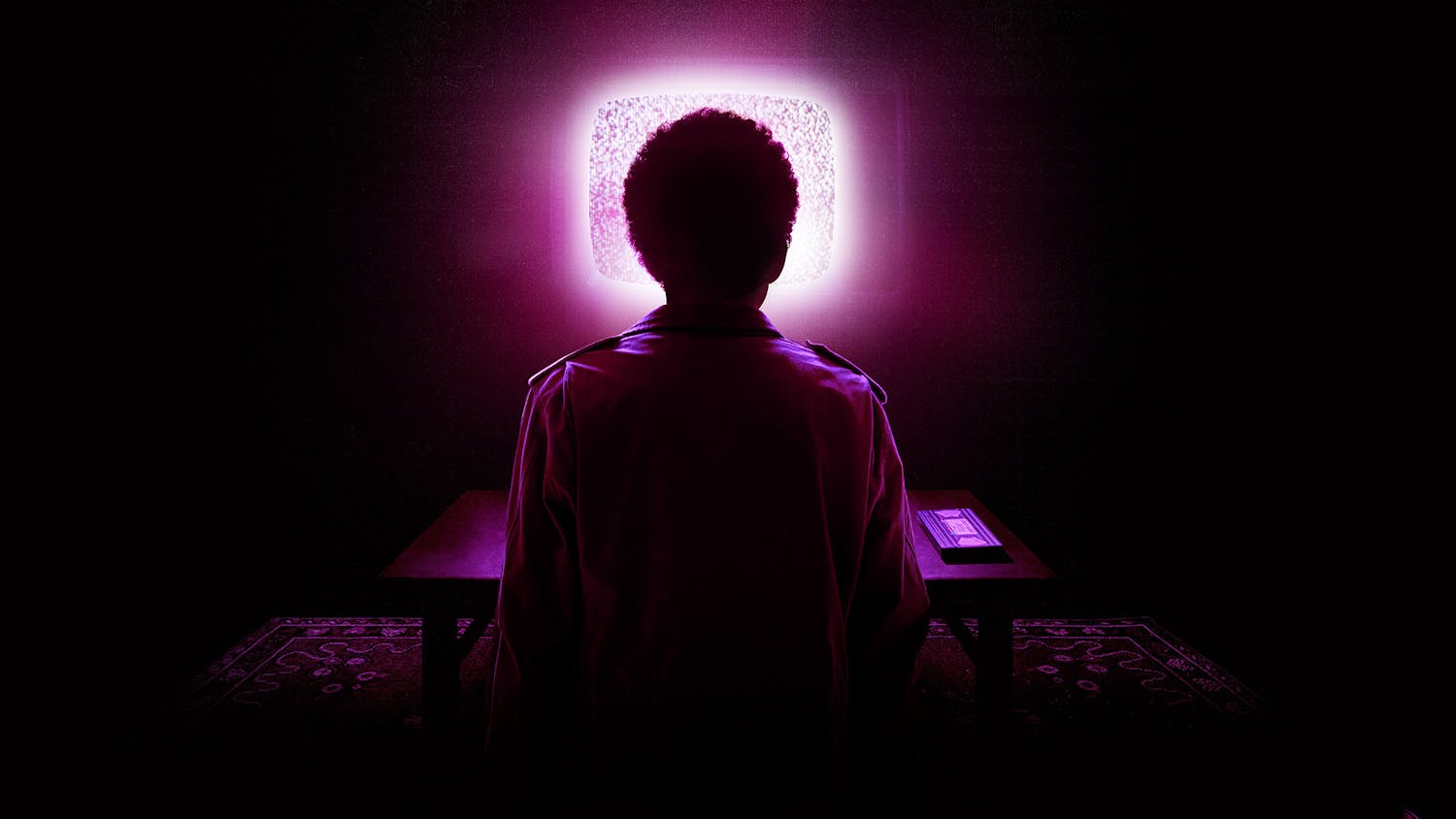Author: Laura Rockefeller
Although the weather was unseasonably warm, the Middlebury College Chamber Singers and Early Music Vermont joined together in Mead Chapel on the afternoon of Dec. 2 to celebrate the start of the Christmas season with song. Their program, entitled "Nowell Sing We," was a mixture of medieval, renaissance and 20th-century music for the Advent and Christmas Season.
The performers in Early Music Vermont who joined the Chamber Singers for this concert are singers and instrumentalists from all over Vermont who have created an ensemble for the study and performance of the last thousand years of music. The singers in the group are all members of the Vermont Symphony Orchestra Chorus and perform with various other regional choral ensembles.
The music performed at the concert, with the exception of selected pieces by Early Music Vermont, was a capella. However, both of the ensembles performing had a strong, well-blended sound that was able to fill the Chapel without the support of the organ or other instrument. This gave an opportunity for the Chamber Singers to display their versatility as they performed pieces as various as King's Singer Geoffrey Keating's whimsical arrangement of "The twelve days of Christmas" to Tomas Luis de Victoria's setting of "O magnum mysterium."
The second act opened with a delightful set of three instrumental English medieval carols performed by members of Early Music Vermont with the tambourine, violin and recorder. It was enjoyable to hear these carols, some of which, like "What tydiyngs brynst thou, messenger," had quite familiar tunes, played with this very specific and now somewhat uncommon combination of instruments.
One of the points at which the combination of voice and instrument was the most effective was the performance of four different settings of the well-known carol "In dulci jubilo" (also known as "Good Christian men, rejoice"). First members of Early Music Vermont performed the sixteenth century two-part instrumental arrangement by Praetorius. They were then joined by the Chamber Singers to perform his four-part choral arrangement, followed by the women of EMV singing his three-part treble setting. Finally, instruments and chorus all joined to perform the beautiful four-part arrangement by Johann Sebastian Bach. This was a fascinating display of the way that a piece like this can evolve and change over time, from the sixteenth-century setting to the carol that is sung today.
This was very emblematic of the concert as a whole as it effectively took its listeners on a journey through the history of music for the Christmas and Advent Season. Opening the concert with Josquin des Pres' haunting "Ave Maia…virgo serena" set a contemplative and almost mystical feeling for the remainder of the concert that was reinforced by Early Music Vermont's lilting performances of sixteenth century carols like "Lully, lulla, thow little tyne child" with voice and recorder.
The mood only changed for the last two pieces when the audience was invited to "tap their feet and hum along" to "Deck the Hall" and "The twelve days of Christmas," although they were warned to beware, since, as is to be expected with a John Rutter arrangement, the key was libel to change without warning.
Audience members responded so enthusiastically to the performance as a whole, with clapping and cheering, that the Chamber Singers returned to sing an encore at the end of the show. It was a perfect opening to the festivities of the Christmas season.
Time for 'Nowell' Even Without Snow
Comments



